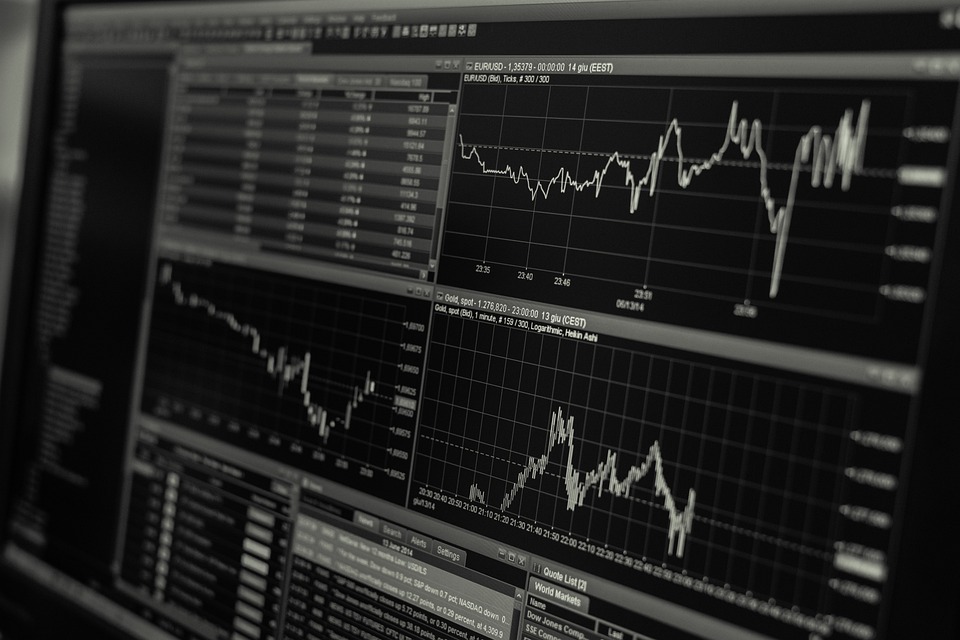A Deep Dive On The Recent Spike In U.S. Treasury Yields

Image source: Pixabay
U.S. Treasury yields have increased notably since September, particularly at the long end of the curve, with the 10-year yield up over 100 basis points from its recent lows. We unpack the drivers behind this big move in rates and our outlook for bonds going forward.
Decomposing the spike in U.S. Treasury yields
Treasury yields at any maturity can be decomposed into two factors:
- Expectations for Fed policy over the life of the bond plus
- A term premium—or risk premium—that compensates bond investors for the uncertainty around that policy outlook
We find that most of the recent jump in rates—approximately 75% of it—is driven by an increase in the term premium—the yellow section of the chart below. The remainder shows a resilient economy and uneven inflation progress, which drove the Fed to deliver a hawkish cut at its December meeting.
(Click on image to enlarge)

Why have term premia increased so much?
To be clear, this is a very big move for Treasury risk premia over a short, four-month period—only rivaled in recent history by the taper tantrum episode from 2013 and the peak in rates from October 2023. So what’s behind the spike?
We studied a range of possible explanations: from concerns about U.S. fiscal sustainability, to the health of Treasury auctions, the diversification benefits of bonds for multi-asset portfolio, and the uncertainty around the outlook for inflation and the federal funds rate. We estimate that the higher-for-longer narrative has been the key driver, with investors forced to reconsider the possibility of not just a more gradual cutting cycle, but the risk of U.S. Federal Reserve (Fed) rate hikes in the year ahead.
Specifically, we calculated a proxy for the skew in the distribution of Fed pricing over the year ahead. Roughly speaking, this indicator gauges if investors are putting more emphasis on higher vs. lower outcomes for the funds rate. And we found this skew almost perfectly explains—and leads—U.S. term premia.
(Click on image to enlarge)

The outlook for yields
A view on the direction of yields from here requires a view on whether the higher-for-longer market narrative is right. Will the Fed hike rates in 2025? We don’t think so. While the U.S. economy does look resilient, we don’t see strong evidence for a reacceleration in inflation. Inflation expectations remain well anchored, the labor market is no longer overheated and we expect further disinflation from housing rents going forward.
After trimming duration risk in August and September, we believe the big backup in yields is starting to make bonds more attractive again. For example, our fixed income strategy team is considering an overweight to 10-year Treasury bonds if yields were to reach 4.9%. But risk management is key. Riti Samanta—our Co-Head of North America Fixed Income—wrote to me that she has been “keeping a close eye on the correlation between the equity and bond markets. Correlations have meaningfully increased. This is important since investors may no longer be able to rely on the classic diversification benefits of bonds relative to equities or credit.”
Separately, we see some opportunity in some multi-asset and fixed income portfolio strategies to trim positions on yield curve steepeners, with the market moving sharply in our favor in recent months.
The global context of yields
Fixed income volatility is not just confined to the United States. Yields have risen across the developed world, with UK gilt yields back above levels that prevailed during the pension market stress episode of 2022. While there are certainly concerns surrounding the UK growth and fiscal outlook, it looks to us as though most of the selloff in UK gilts is being driven by global spillovers from what is happening in the United States. For example, the spread between UK gilts and U.S. Treasuries has been stable in recent weeks.

The bottom line
Most of the recent jump in rates is driven by an increase in the term premium. And while we estimate that the higher-for-longer narrative has been the key driver, we don’t believe the Fed will hike rates in 2025, as we don’t see strong evidence for a reacceleration in inflation. We do believe the big backup in yields is starting to make bonds more attractive again. But risk management is key.
More By This Author:
Health Check: How Is The Global Economy Holding Up?
How Could A U.S. Government Shutdown Impact Markets?
Key Takeaways From The Latest Round Of Central Bank Meetings
Disclosure: These views are subject to change at any time based upon market or other conditions and are current as of the date at the top of the page. The information, analysis, and opinions ...
more


